News
-
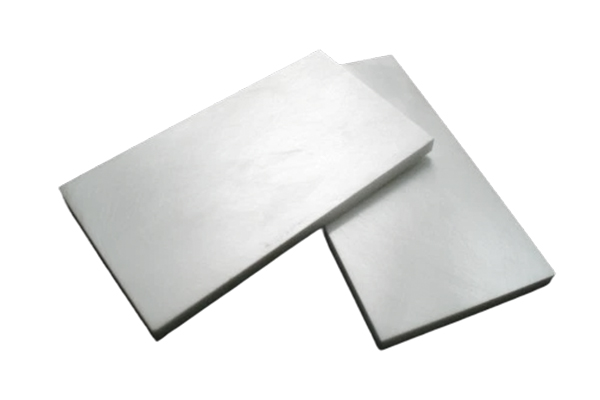
When preparing zirconia ceramic coatings, what is the quantitative relationship between thermal barrier performance, porosity, and thickness?
In actual preparation, it is necessary to balance porosity and mechanical properties. Usually, the porosity is controlled between 15% and 25% to take into account both thermal insulation and durability.
Learn More2025-09-15 -
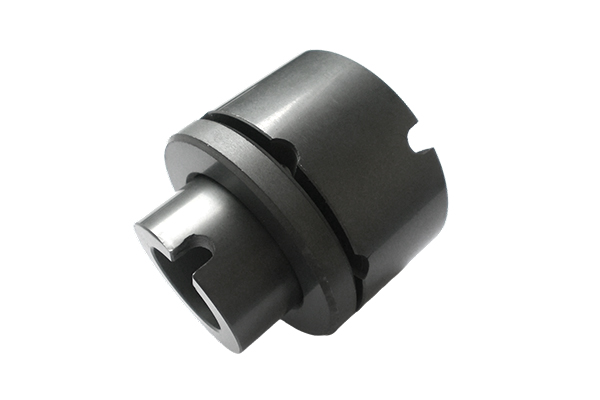
Maintaining precision even in high-wear conditions: How do silicon carbide ceramic components safeguard equipment life?
In the harsh environments of modern industry, equipment often faces multiple challenges: high temperatures, corrosion, high speeds, and constant friction.
Learn More2025-09-09 -
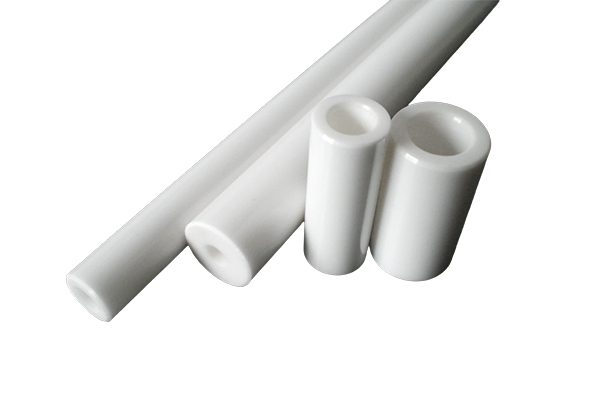
How do the stable physical properties of zirconia ceramics improve the detection accuracy of sensitive components in high-temperature sensors?
The excellent thermal stability of zirconia ceramics is the basis for ensuring the detection accuracy of sensitive elements in high-temperature sensors.
Learn More2025-09-01 -
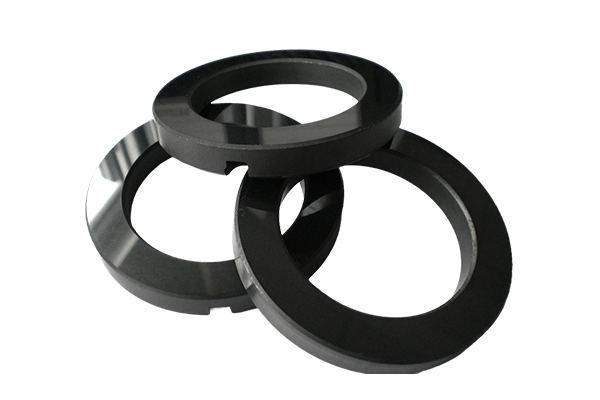
How do silicon carbide ceramics resist corrosion from hydrogen sulfide and brine in the oil industry?
Silicon carbide ceramics, with their superior corrosion resistance, high strength, and wear resistance, are becoming a key metal replacement in the oil industry.
Learn More2025-08-26 -

What are the corrosion resistance mechanisms and long-term stability of silicon carbide ceramics in highly acidic and alkaline chemical environments?
Among the dazzling array of modern advanced ceramic materials, silicon carbide ceramics have become a shining star in the industrial field with their exceptional comprehensive performance and unique aesthetic.
Learn More2025-08-18 -
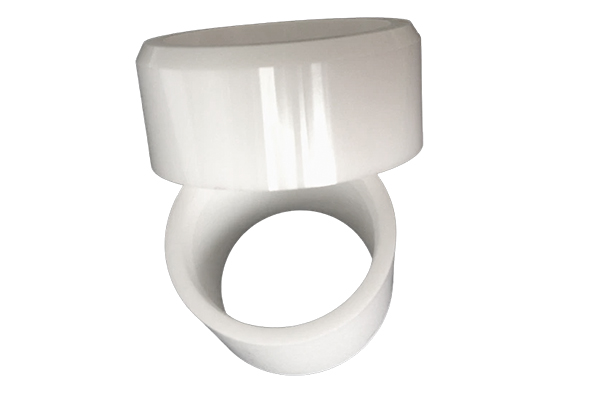
Zirconia ceramics have low thermal conductivity. What are the benefits of using them as insulation components to reduce heat loss?
For energy conversion equipment, the role of zirconia ceramics insulation components in reducing heat loss is even more critical.
Learn More2025-08-14

